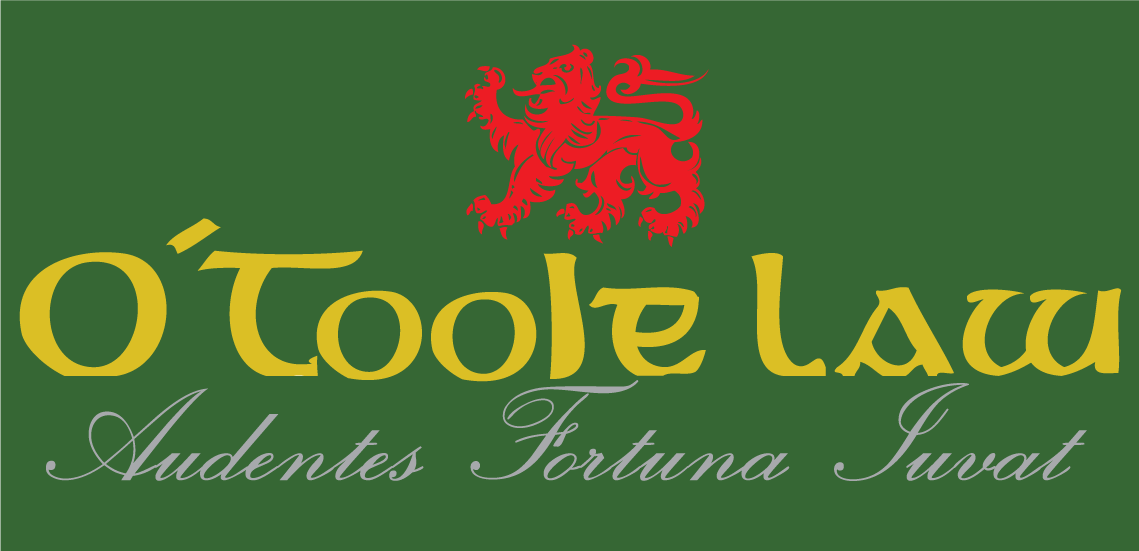The real estate bubble and the subprime mortgage market collapse that led to the great recession almost caused the complete collapse of several major finance and insurance entities. American International Group Inc (AIG) was one of those companies, and it was only saved after a $182.3 billion bailout by the U.S. government.
This led to a shareholder class action that claimed AIG failed to accurately portray the risk of the companies lending program and its substantial stake in credit default swaps (CDS). The element of securities fraud that underlay this lawsuit was the mismanagement of the companies selling of CDSs and the risk they posed to the solvency of the business.
A CDS essentially insured bonds. Bonds were traditionally a staid market, with reliable payments but unexciting profits. Many businesses began selling CDSs and made huge profits because the risk was so low with corporate bonds.
The problem with this was that the “bonds” AIG insured were not corporate bonds from IBM or Ford, but were made up of mortgage-backed securities and collateralized debt obligations and these instruments contained the toxic, subprime mortgages that began to default in 2008.
Because the AIG had massive exposure, investors lost millions. State of Michigan Retirement Systems was the lead plaintiff and they claim they lost “between $110 million and $142 million” because of the mismanagement that led to the near collapse of the company.
It is important to note role of class-action litigation in this case. There were no criminal prosecutions or regulatory enforcement actions brought against anyone within AIG. The settlement of is the largest in a case of this type and provides the only vindication or justice shareholders will receive.
Reuters.com, “A.I.G. to Pay Nearly $1 Billion to Settle Class-Action Suit Brought by Shareholders,” Nate Raymond and Brendan Pierson, March 21, 2015
